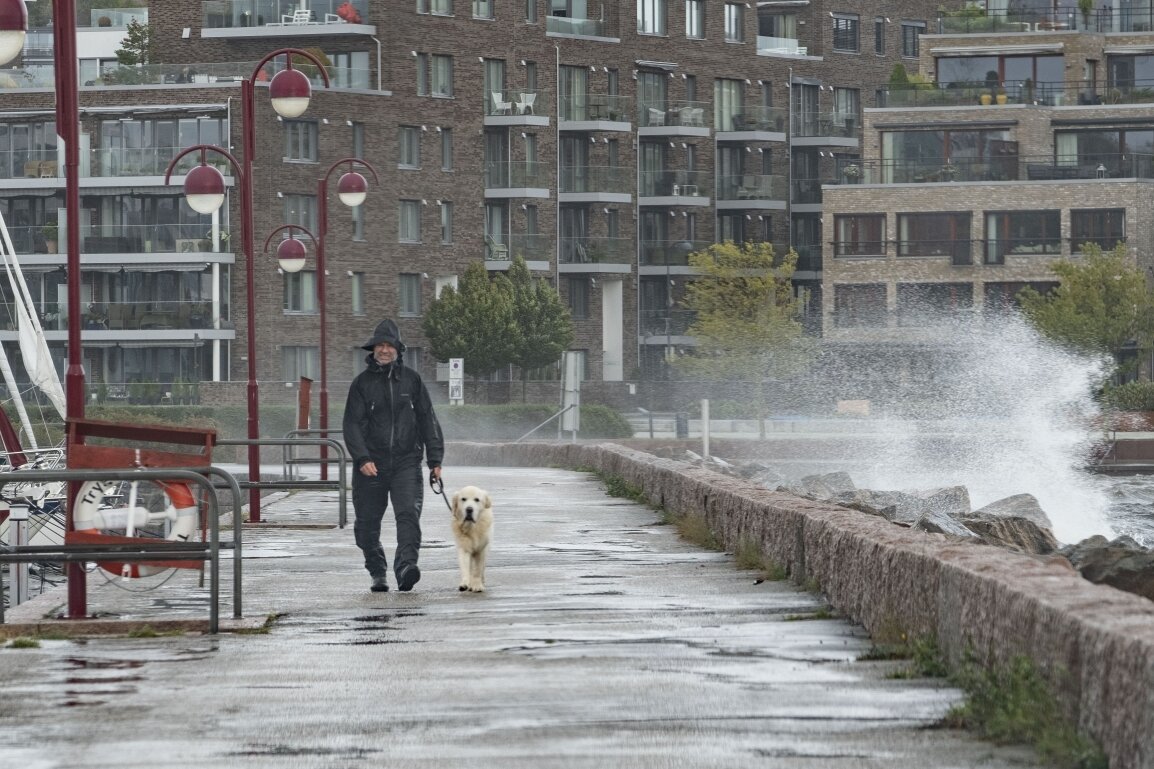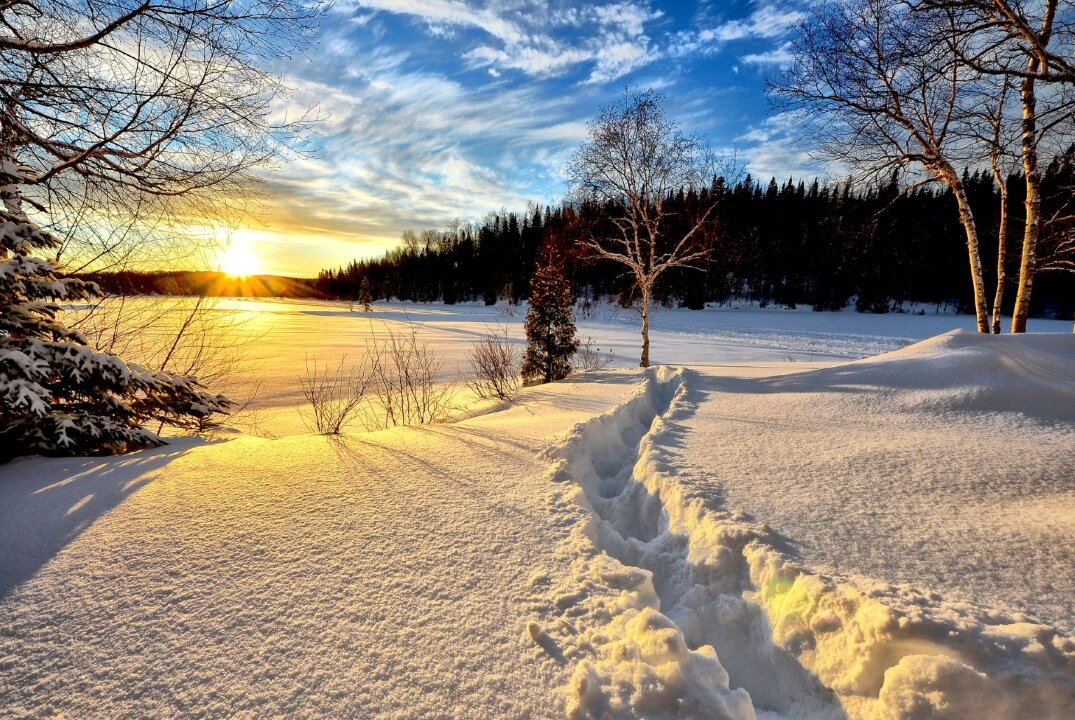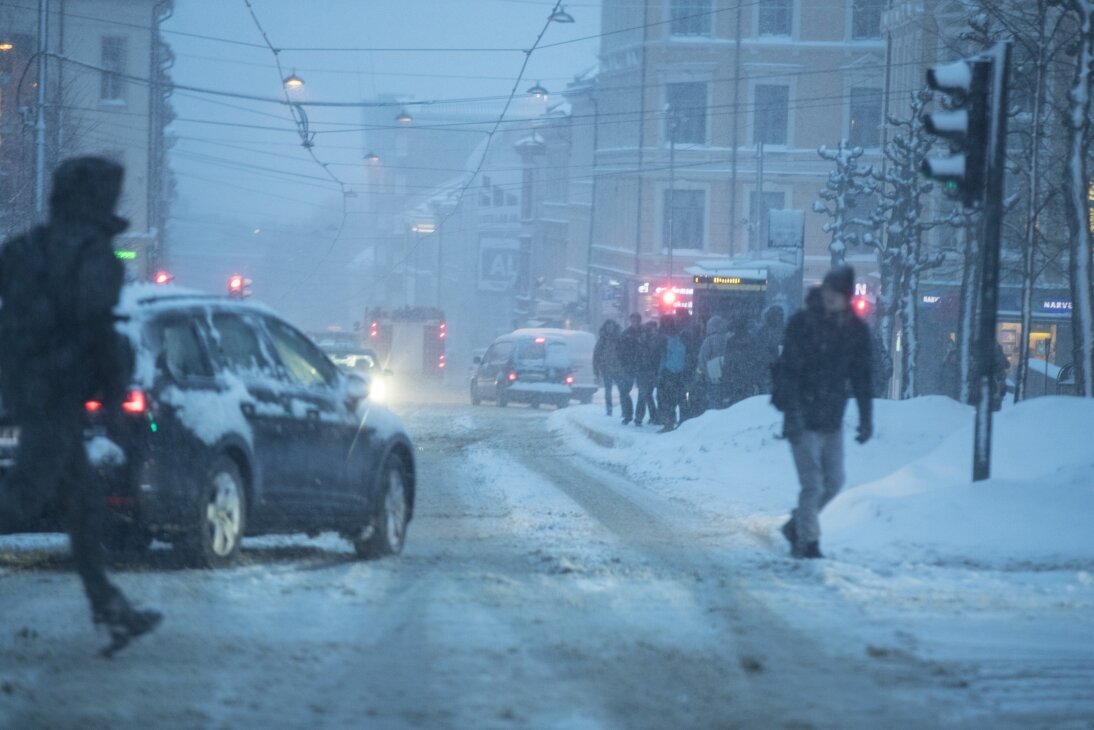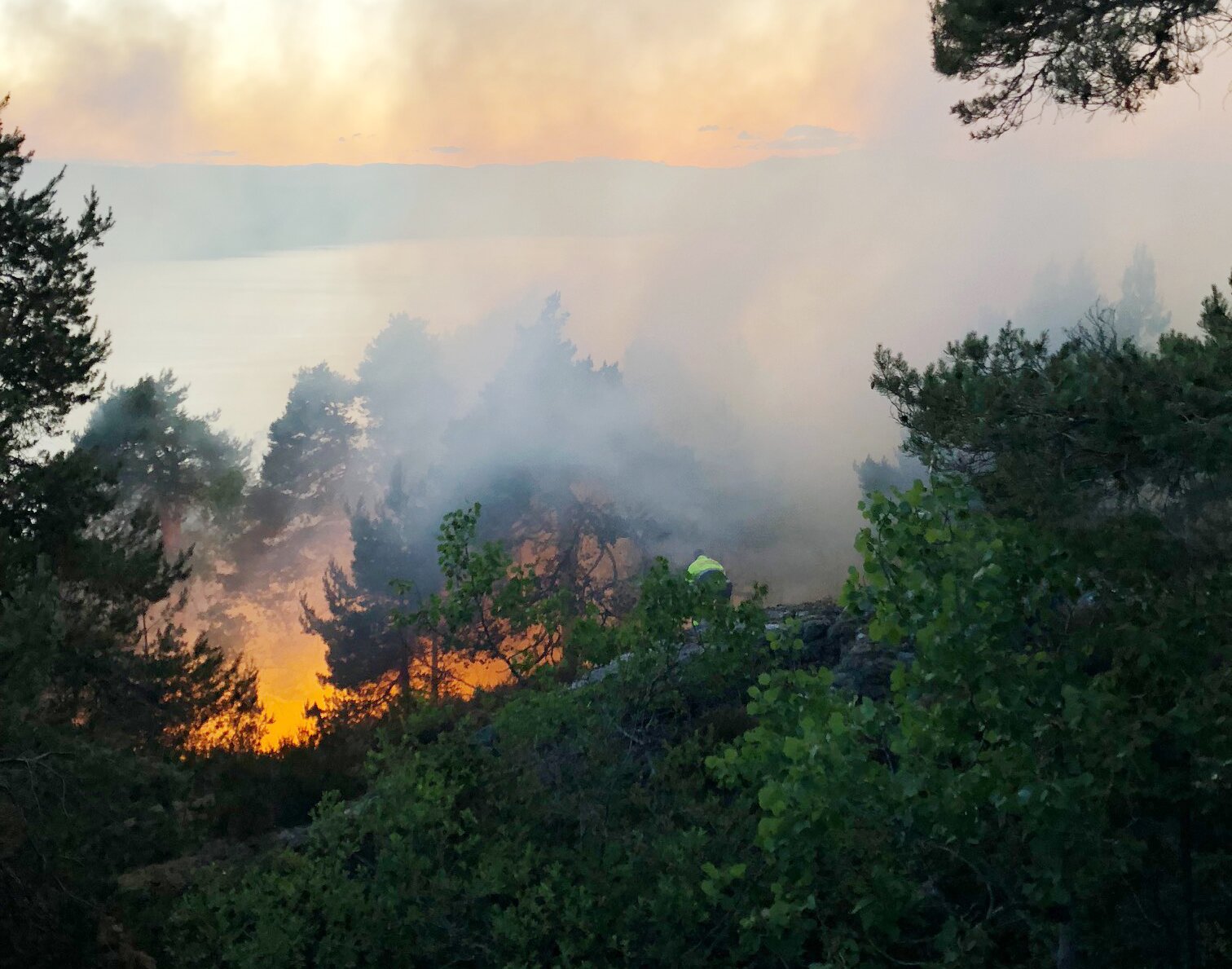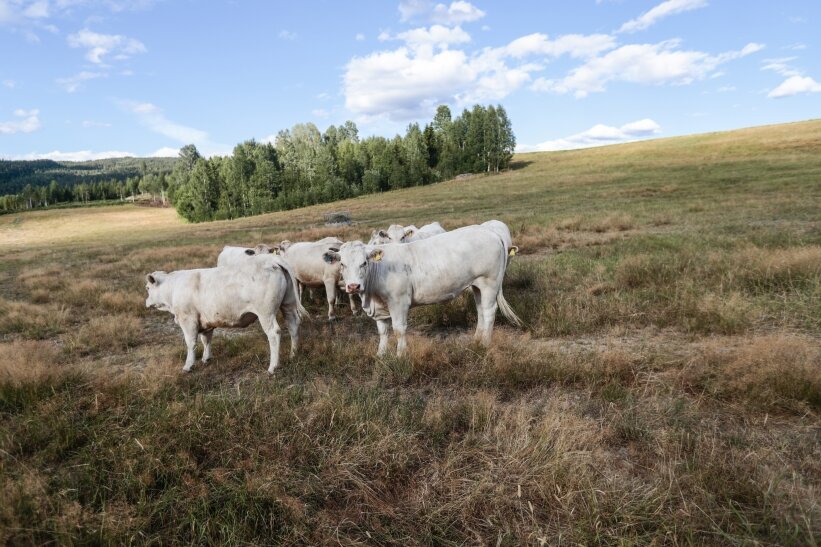A year with extreme variations weather-wise
2018 has offered the lot weather-wise in Norway – Heat, cold, precipitation and drought. It has quite simply been a year of extremes, according to Hanne Heiberg in the Norwegian Meteorological Institute.
«Now the cold weather comes for real» sounded the headlines that introduced the weather in 2018. The winter came fully in January with temperatures down to 20oC degrees below and forced Norwegians throughout the country to search for their woollen underwear, mittens and winter hats. It has not been as much snowfall since 2007 as it was in January of this year.
Hanne Heiberg is a researcher in the Climate Service Department of the Norwegian Meteorological Institute. She says that this year’s winter was experienced as very long since February, March and early April was very cold.
Winter and cold provided soap-slippery roads, and during January, the emergency room in Oslo reported over 48 fall injuries a day, which is abnormal.
And the City of Oslo received over 10,000 complaints of inadequate ploughing and use of sand, despite the fact that 7,000 tonnes of gravel and sand were scattered on about 100 kilometres of pavement.
Enormous amounts of snow
The amount of snow, however, increased the joy of skiing and facilitated for a marvellous winter holiday in February. The perfect ski conditions also paved the way for visitor records at a number of Norwegian alpine resorts.
The cold front from Siberia created an extreme cold and made March unusually teeth chattering. It presented problems for the early elite series start in football, which kicked off as early as on March 10th this year.
– The temperature is now typically one degree above what one expects as normal during the winter months. While January was 1.6 oC degrees above normal, February was 0.8 degrees colder and March was 2.8 degrees colder than normal, which is considered as very cold, Heiberg elaborates.
– Mars was the coldest month since 2013, she adds.
Record heat
The winter was almost not allowed to retire before spring and summer heralded their arrival. May 1st, it was snowing in the capital, but a week later it was measured 26.7 oC degrees at Brusdalsvatn in Ålesund municipality. It was the start of a very pleasant and long summer in the whole of Norway.
May caused a record in ten counties. The heat wave led to drought and large forest fire hazard. Early in June, 269 forest fires were registered, which were almost as many as 2017 put together.
Oslo had its first tropical night in 15 years during the night before June 11th, when 20.1 degrees was recorded as the lowest temperature. The Night before July 30th there was also registered a tropical night in Tromsø for the very first time, as the lowest temperature was 20.8 degrees in 24 hours.
This year’s fantastic summers exceed the most. During the summer in Norway, heat records were registered at over 40 measuring stations and there was recorded more than 30 tropical days with temperatures above 30 degrees. Last year, only one such day was registered in the whole of Norway.
– We had nice weather week after week after week, and especially May and July were very hot, says Heiberg.
She states that global warming increases the chances of heat records in the future and says that we are heading towards a warmer climate, which can provide longer summers and shorter winters. According to Heiberg, 28 county maximum temperature records were set this year.
The extreme heat was to the taste of the sun lovers and bathing nymphs but hit the farmers hard. The heat led to an extreme drought, which was declared the worst since 1947, and led to the worst grain crops in more than 50 years.
Heiberg adds that one cannot expect such a hot summer next year, as the temperatures in Norway fluctuate from month to month and year to year.
– This year is a perfect example of this, she concludes.
Extreme weather
After a dry summer, the autumn has been far wetter. In September, the storm ”Knud” (Canute) ravaged large parts of southern and eastern Norway. Over Oslo there were measured wind gusts of over 30 metres per second, trees broke off like matches and in excess of 50,000 households were bereft off electricity. ”Knud” caused major damage to both property and other infrastructure.
So did the large flooding that hit Western Norway, including Hordaland and Sogn & Fjordane, and especially the areas around Skjåk and Vågå. The cause of the flooding was heavy rain and snow melting due to abnormally high temperatures in the mountains.
The rainfall continued in Western Norway, and Bergen could adorn itself with a rainfall record at the end of October. The previous record was 1,397.6 millimetres dating from November 2006 through January of 2007 and was knocked down into the Wellington boots by a total of 1,399.2 millimetres from August through October 2018.
After a mild November, it is prudent to hope for a white Christmas and cold winter in 2019, so that the skis many got as a Christmas gift come in handy in the New Year.
- Extreme weather Knud is on its way. The waves and the wind take hold of the coast. Here from the centre of Kristiansand, you can feel that the wind is taking hold and the waves splash over the pier along the small boat harbour at Tangen. Here, Silver walks his dog “Birk” between the waves. Photo: Tor Erik Schrøder / NTB scanpix
- Winter landscape in Norway. Photo: Pixabay.com
- In Oslo, large amounts of snow created problems for both traffic and pedestrians on their way to school and work. Photo: Vidar Ruud / NTB scanpix
- Hafsa Lul plunges into what has become lukewarm bathing water at Huk on Bygdøy in Oslo Thursday, after many summer heat in southern Norway for many weeks. Friday it is expected that it will be the hottest day in Norway ever and that heat records will be set. Photo: Erik Johansen / NTB scanpix
- There has been a forest fire at Røysåsen in Moss. The fire service reports of a lot of smoke and challenging extinguishing work. Photo: Tor Aage Hansen / NTB scanpix
- There is a drought in Norway, and agriculture has major problems with crops and in several places cows must be fed on pastures. The cows in the pasture also struggle with pesky flies. Photo: Lise Åserud / NTB scanpix
© NTB scanpix / #Norway Today


